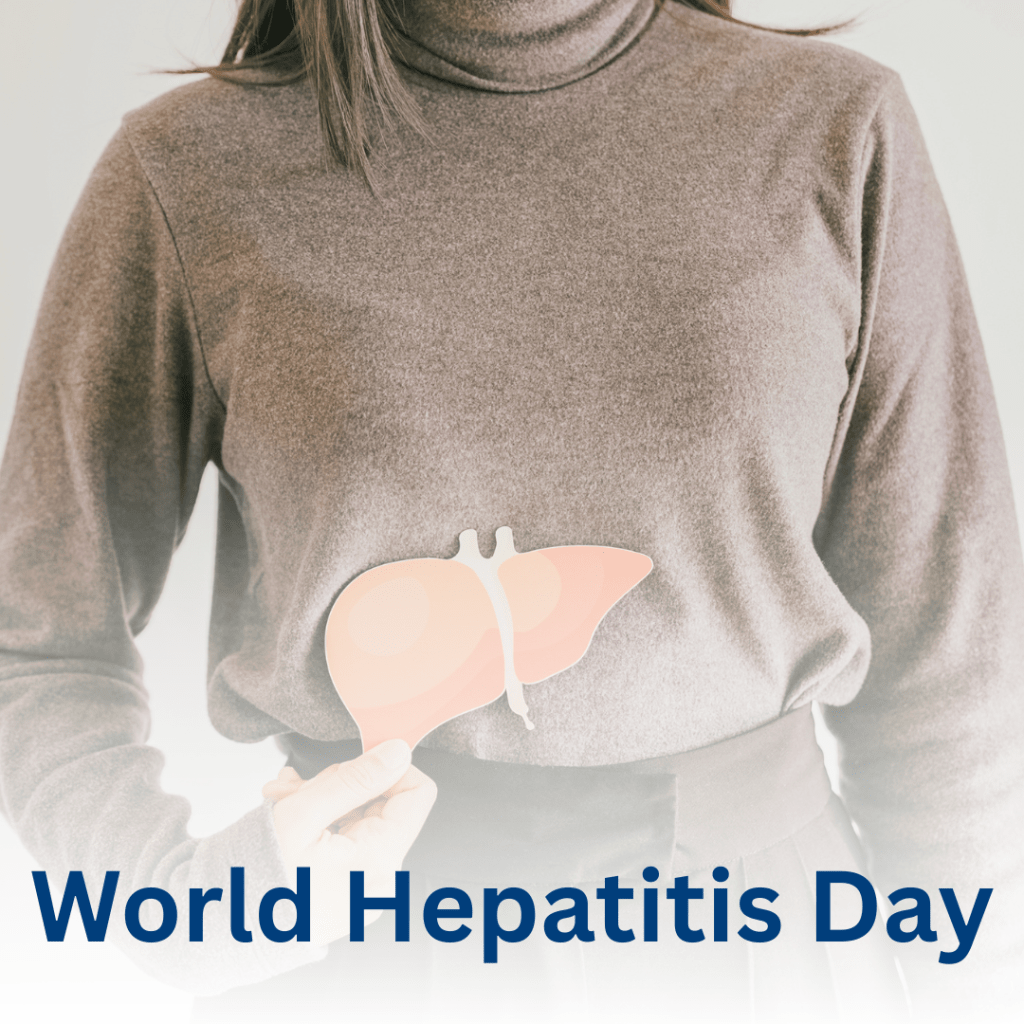
Observed each July 28, World Hepatitis Day marks the birthday of Dr. Baruch Blumberg (the discoverer of hepatitis B) and doubles as a global call to eradicate viral hepatitis. With over 300 million people living with hepatitis B or C worldwide and more than 1.3 million deaths annually, the urgency for early screening, accessible treatment, and preventive vaccination has never been greater.
July 28 marks World Hepatitis Day, commemorating the birthday of Dr. Baruch Blumberg, discoverer of hepatitis B, and serves as a global call to action for screening, prevention, and treatment.
For payer-provider leaders, it’s a prime opportunity to spotlight innovations in hepatitis B and C diagnosis, reinforce vaccination and prevention services, and implement data-driven strategies targeting at-risk populations.
Resource Tools for Providers:
Key Facts
- 304 million people worldwide live with chronic hepatitis B or C (2022). Only 45% of newborns received an HBV vaccine within 24 hours in 2022.
- 1.3 million deaths occurred in 2022 due to chronic HBV/HCV (1 death every 30 seconds).
- HCV is now curable in >95% of cases via direct-acting antivirals (DAAs), though costs remain high ($94,500 for 12 weeks in high-income countries).
- HBV vaccines are 98-100% effective when given within 24 hours of birth; yet global coverage is uneven, especially in Africa and Asia, where only 50% of newborns are vaccinated.
- The Centers for Disease Control and Prevention (CDC) recommends one-time screening for all adults and repeated screening during pregnancy to prevent vertical transmission.
The Purpose of World Hepatitis Day
World Hepatitis Day serves as a global reminder of the urgent need to detect, treat, and eliminate hepatitis B and C. It reinforces the World Health Organization’s 2030 targets: a 90% reduction in new chronic infections and a 65% drop in mortality rates compared to 2015 benchmarks. These ambitious goals hinge on expanding access to early testing, accelerating treatment, and closing gaps in preventive care.
Recent advances are supporting this momentum. Diagnostic tools like point-of-care (POC) testing and oral-fluid assays now allow for same-day screening and linkage to care, particularly in underserved areas. These tools are helping transform hepatitis from a silent epidemic into a manageable public health issue. Combined with proven prevention methods (like birth-dose vaccinations, public outreach, and clinical follow-ups), these innovations could help avert more than 4.5 million deaths by 2030 in low- and middle-income countries alone.
Innovations in Diagnosis and Care
The landscape of hepatitis B and C diagnosis is evolving rapidly, with major strides in accessibility, accuracy, and speed. Rapid point-of-care testing and oral-fluid assays are enabling immediate results in clinics, community settings, and even home-based environments. These technologies make it possible to identify infections and initiate care in a single visit, which is critical for reaching underserved populations and improving outcomes.
In parallel, digital tools are being integrated into healthcare systems to streamline screening. Electronic health record (EHR) alerts, for example, have proven highly effective at prompting clinicians to offer hepatitis testing. At Stanford Health, implementing EHR-based screening reminders led to a fivefold increase in hepatitis B testing rates, demonstrating how small workflow changes can drive significant public health impact.
On the treatment side, direct-acting antivirals (DAAs) have revolutionized hepatitis C care, offering cure rates above 95% within 8 to 12 weeks. For hepatitis B, while a complete cure remains elusive, antiviral regimens like tenofovir are highly effective at viral suppression. Emerging therapies, including capsid assembly modulators and RNA interference-based drugs, hold promise for more durable outcomes. Together, these innovations underscore how screening and treatment can work hand-in-hand to support elimination strategies.
Key Takeaways
- Over 300 million people live with chronic hepatitis B or C, yet vaccination and treatment gaps remain widespread, particularly in low-resource regions.
- Rapid diagnostics and direct-acting antivirals (DAAs) are transforming hepatitis care, enabling same-day testing and 95%+ cure rates for hepatitis C.
- System-wide strategies (like EHR screening prompts, public outreach, and provider education) can drive early detection, prevent transmission, and reduce long-term costs.
FAQs
How can providers engage on World Hepatitis Day?
Wave educational campaigns, organize free POC screenings, integrate test prompts into visits, and use available toolkits from the CDC, WHO, PAHO, and HHS for outreach.What payer strategies help reduce costs?
Early screening and cure (DAAs for HCV, antiviral suppression for HBV) prevent costly complications like cirrhosis and HCC. Investing in prevention & screening yields long-term savings.How to sustain impact beyond July 28th?
Implement year-round test-and-treat workflows, expand vaccination programs, train staff in guideline-based hepatitis management, and partner with community organizations, schools, and clinics.
Each week, we email a summary along with links to our newest articles and resources. From time to time, we also send urgent news updates with important, time-sensitive details.
Please fill out the form to subscribe.
Note: We do not share our email subscriber information and you can unsubscribe at any time.
|
|
Thank you for Signing Up |

Sources
- World Journal of Gastroenterology
Hepatocellular carcinoma in patients with cirrhosis
https://pmc.ncbi.nlm.nih.gov/articles/PMC12188760/ - Expert Reviews in Vaccines
Toward elimination of hepatitis A and B in Europe: vaccination successes, challenges, and opportunities
https://pubmed.ncbi.nlm.nih.gov/40357587/ - Annals of Hepatology
“Hepatocellular carcinoma Surveillance: Current challenges in Latin America”
https://www.sciencedirect.com/science/article/pii/S1665268125001607
Previous Articles
Partner with BHM Healthcare Solutions
With over 20 years in the industry, BHM Healthcare Solutions is committed to providing consulting and review services that help streamline clinical, financial, and operational processes to improve care delivery and organizational performance.
We bring the expertise, strategy, and capacity that healthcare organizations need to navigate today’s challenges – so they can focus on helping others.
Are you ready to make the shift to a more effective process?
